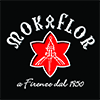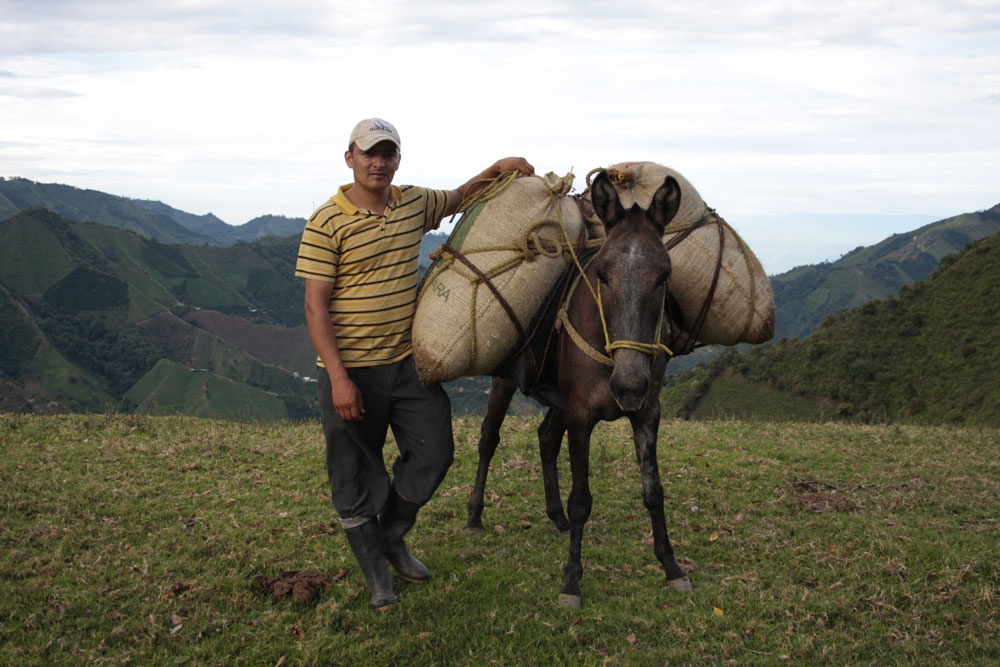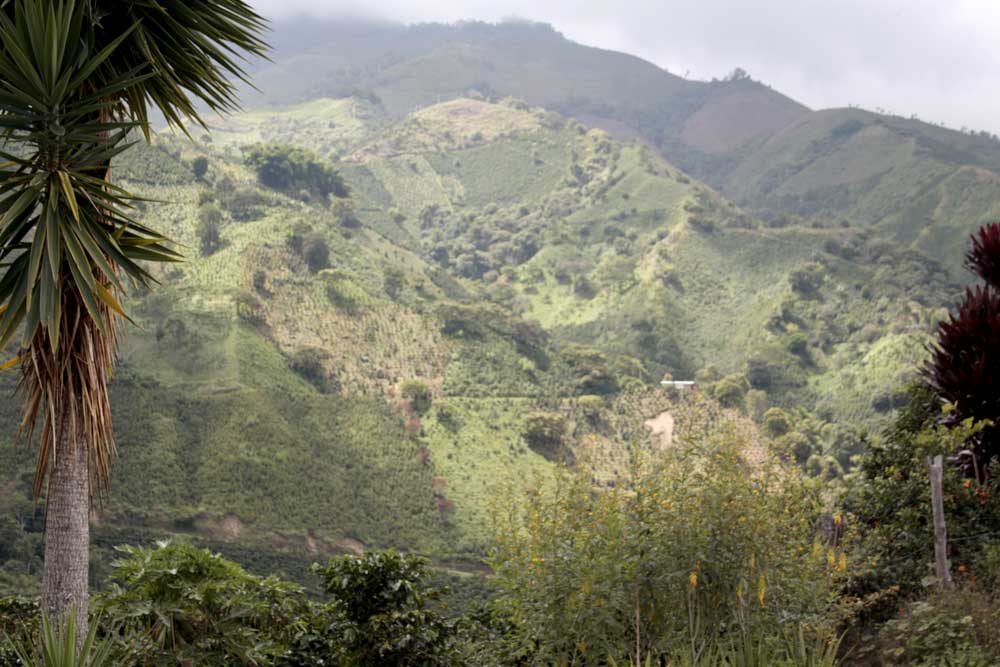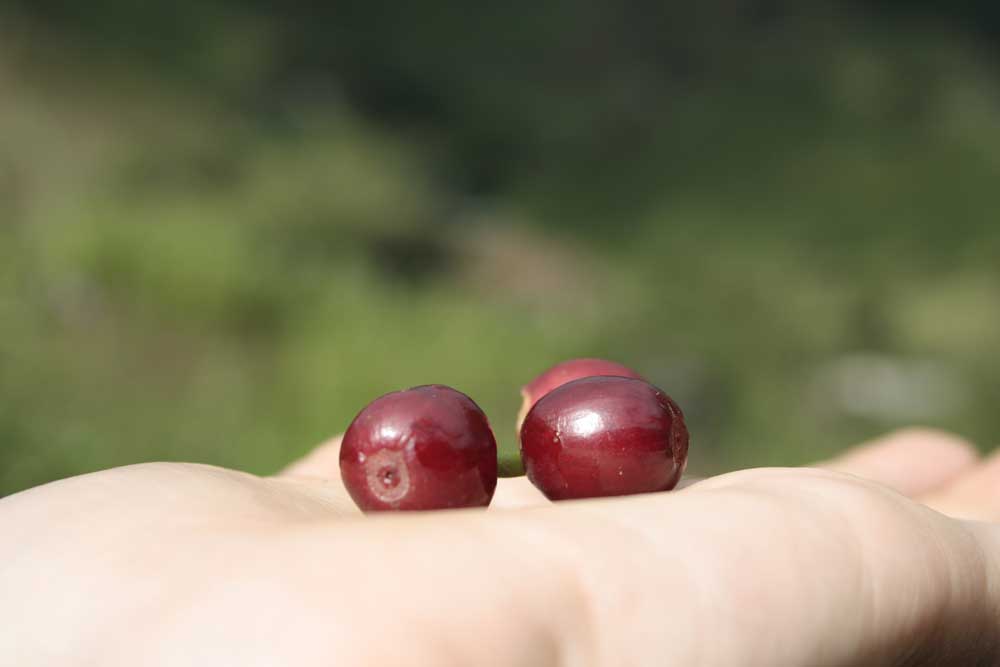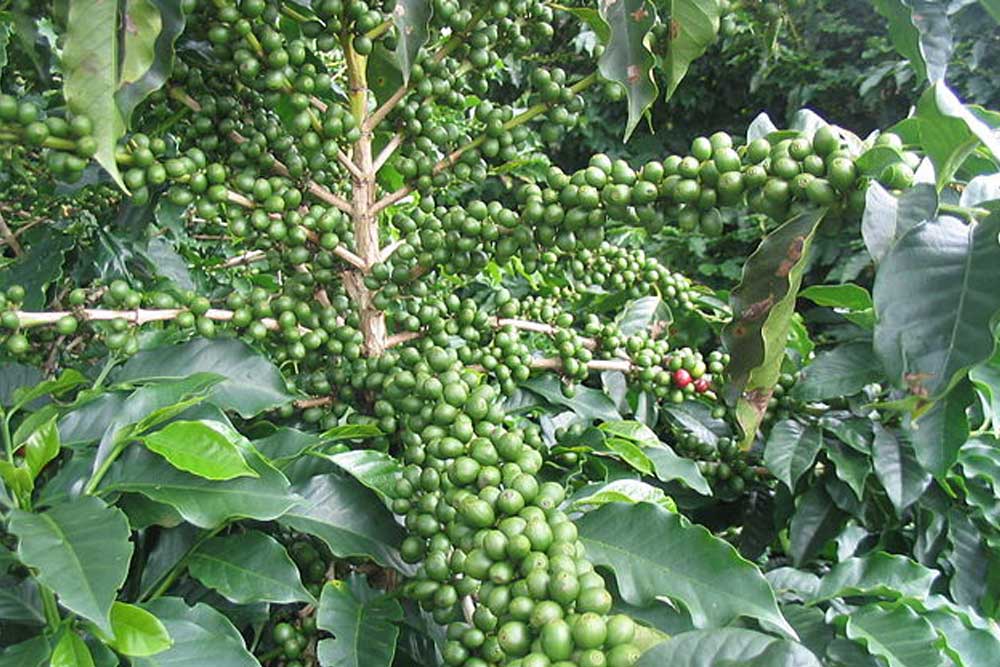Whether it’s the great marketing that has been done, or simply the quality (which is all there, and you can taste it!) Colombia truly has become a brand which is nowadays a world wide synonym for high quality coffees.
In the world of coffee, this country in the far north of South America, is in fact perceived as the pinnacle of high quality, also thanks to a very successful advertising campaign. Let’s have a closer look:
In fact, Colombian coffee is well renowned for its great body and aromatic richness. But we need to take a step back, to see how history and legends have been combined, to create an exceptional story.
From Jesuits to world heritage
It was the Jesuit Order that first brought coffee to Colombia in the 1700s at a time in which the coffee plant was conquering all of Central and South America. Sources in fact report the name of the priest Francisco Romero, from a small town in the area of Santander. The story tells that the priest imposed the harvesting of coffee as a penance.
Thanks to the Jesuits’ fast harvesting techniques the cultivation of coffee soon spread to other areas of Colombia as well. At the end of the 19th century, coffee was already the country’s main exported product. The arrival of the new century, however, put the sector in crisis. First the prices on international markets collapsed (Brazilian coffee was on the way!), then the Thousand Days War gave the final coup de grace.
As it often happens in social miracles, someone managed to transform a problem into an opportunity!
In fact, a class of small farmers took over, first in the northern provinces, later on throughout the whole country, uniting in 1927 into the Federación Nacional de Cafeteros. The pillars of Colombian coffee production have since then been onwards: the search for high quality and a great communication of this, to the outside world.
Two moments in history became decisive: first in 1935, the Federación created the Cenicafè research center, which also managed to develop some very famous coffee varieties such as the “Castillo”, resistant to rust and other diseases.
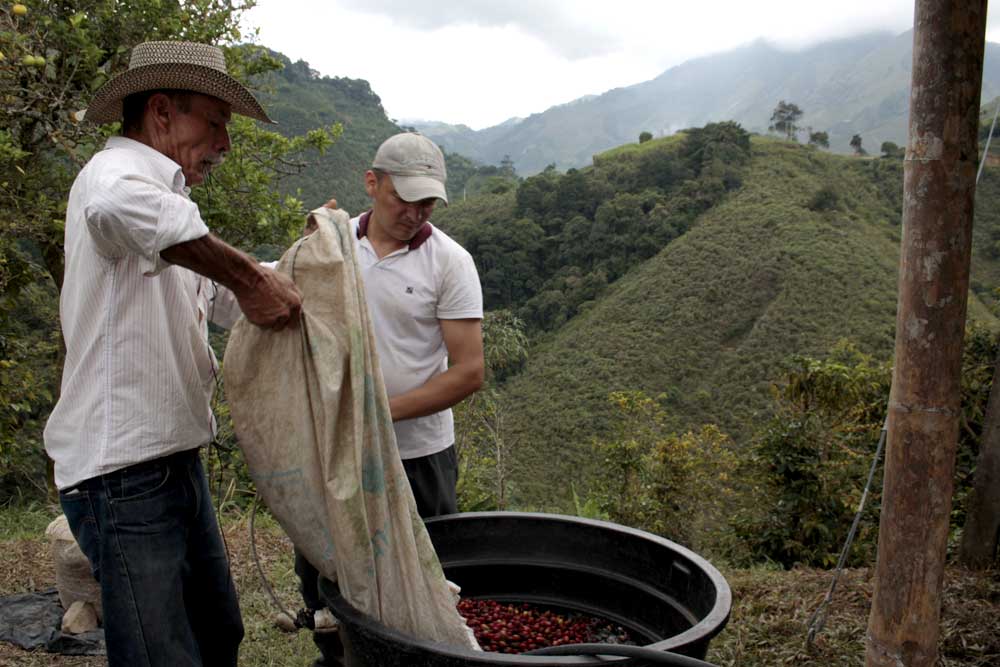
Secondly, in 1958, the “king” of Colombian advertising was created: “Juan Valdez“. This imaginary character – a Colombian farmer riding a mule carrying bags of coffee – has become the representation of the coffee farmer all over the world, as well as the historic image of the Federación, which was later on used to create a chain of coffee shops with the same name.
The immense success of this approach has in recent years led to another milestone, the 2011 UNESCO announcement of the Colombian coffee as a world heritage, which has been defined as “the result of the adaptation process of settlers who arrived in the 19th century, a process that still persists today and which has created an economy and a culture deeply rooted in the tradition of coffee production”.
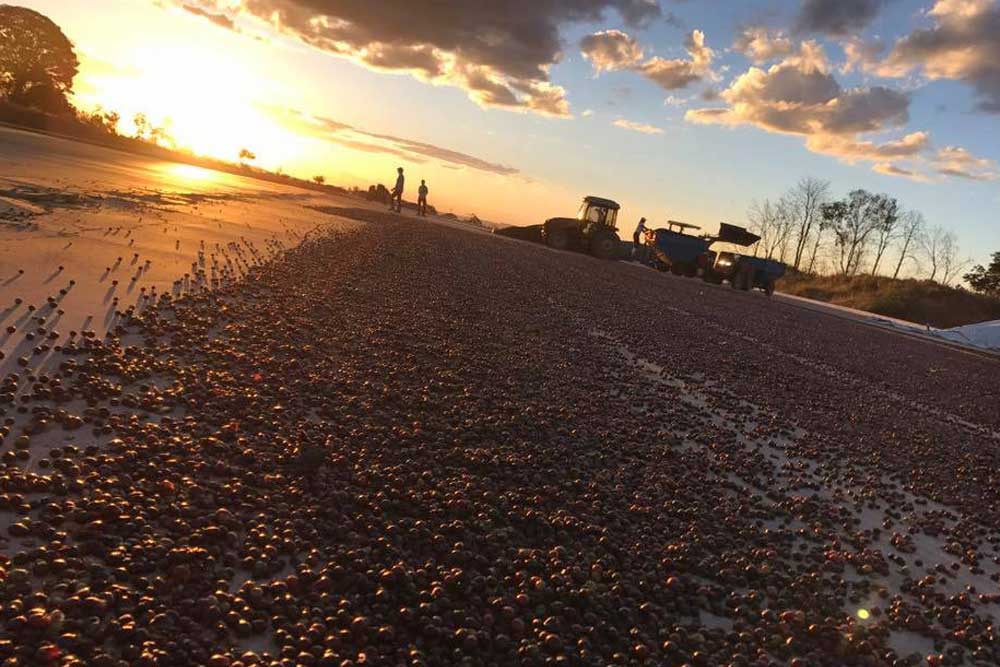
An economical success which reflects into hundreds of small and very small fincas that nowadays produce only high quality Arabica coffee, while employing more than half a million Colombian families.
Benedicto Ponti Vasquez, specialty coffee for three generations
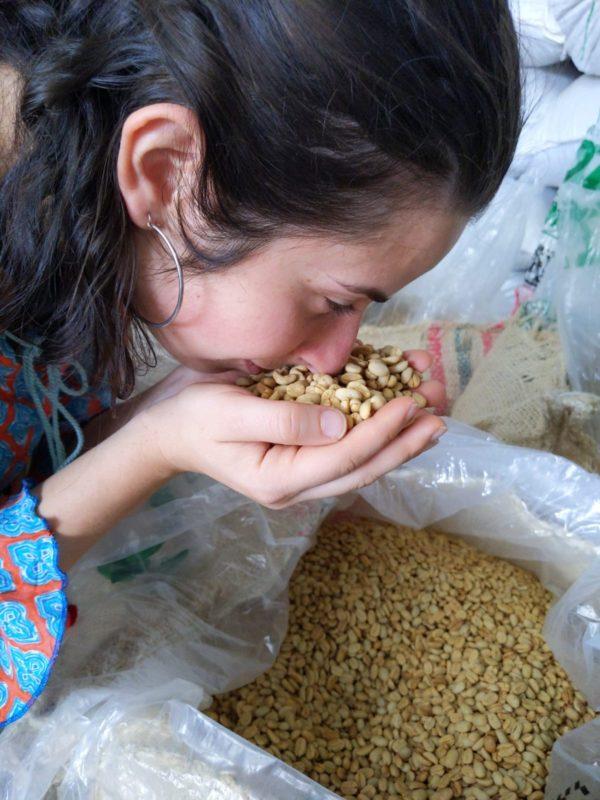
Among these families Benedicto Ponti Vasquez’s, whom we’ve interviewed for our series “Meet the coffee Farmer”on Youtube, is one of the most historical ones. This family is also very close to ours, because Benedicto is married to Helena Oliviero, Italian Cup Tasting champion and trainer at Espresso Academy, our school for coffee professionals and lovers.
Benedicto and Helena have been growing coffee for many years in the “El Diamante” finca, ten hectares in the province of Quindìo, and only more recently in the finca of “Palma Roja”, in the adjacent province of Tolima.
In his interview, Benedicto Ponti Vasquez tells us, in a colorful and fun way, about the coffee specialties grown on his mountain farms, about the efforts to satisfy the market demands with varieties like Gesha or Laurina and how climate change is forcing the coffee plantations and those of other crops to move to ever higher altitudes in order to escape disease and pests. But he also tells us about some more joyous things – like the Latin music he listens while harvesting his coffee plants!
Colombian Coffee, production regions
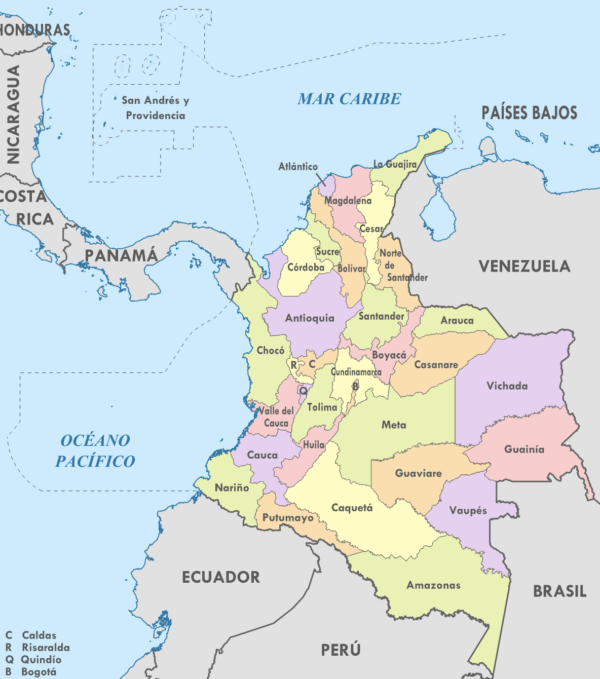
Important marketing investments and a strong focus on quality have led Colombia to become a real coffee giant. Moreover, the landscape and conformation of the nation also contributed to this success: mountains are just ideal for Arabica coffee!
The Colombian Arabica is in fact grown up to 2,400 meters above sea level in a three thousand kilometer long strip of land that crosses the country from North to South. This means that potentially almost the whole country is great for growing coffee!
Coffee is actually grown in five macro-areas, further subdivided into twenty provinces. The central provinces of Caldas, Risaralda, Quindío and Tolima are known as the “coffee triangle” and are those where production and quality are on average higher.
Caturra, Castillo, Maragogype, Typica, Tabi, Bourbon and Colombia are the most grown varieties, even if, as we’ve seen, there is certainly no shortage of new varieties imposed by the market. Even if each province produces these coffees with well-defined notes, it’s always the fruity, floral notes, where you can also taste some chocolate and hazelnut, that are the most present.
The harvest is still carried out by handpicking (also due to the territory’s characteristics) and the drupes are processed mainly with the washed method: other aspects that make Colombian coffee a true world heritage!
